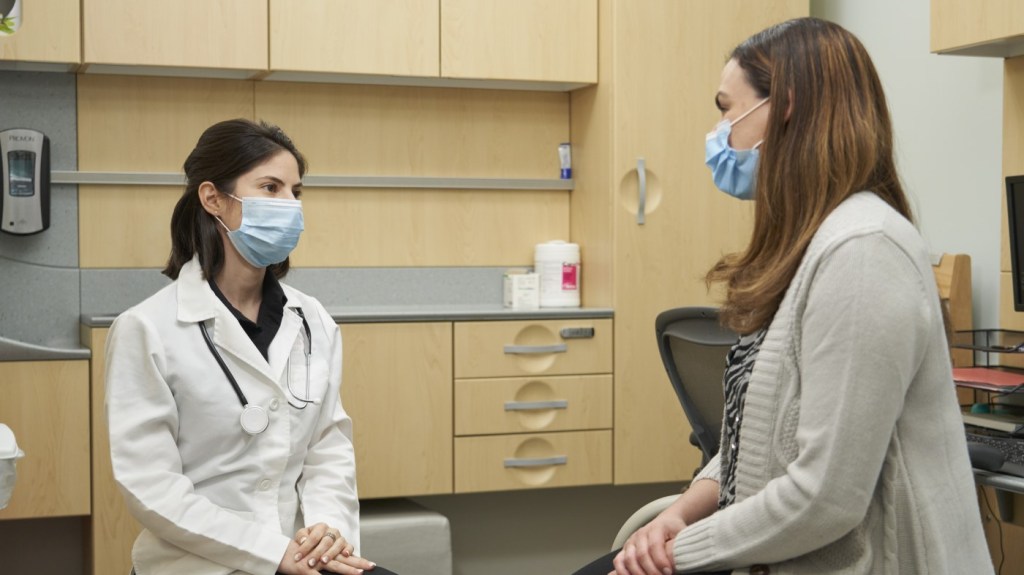
Breast Cancer Awareness Month, held in October every year, aims to promote screening and prevention of the disease, which affects 1 in 8 women in the United States every year and 2.3 million women worldwide.
The event began in 1985 as a weeklong awareness campaign by the American Cancer Society, though it eventually extended to a monthlong event. In 1992, the pink ribbon came into play, and became the most immediately recognizable symbol of the campaign that endures to this day.
As we recognize Breast Cancer Awareness Month and reflect on the many Veterans and family members we have known who battled this terrible disease, we can also embrace the successes we’ve seen in our VA community as we look to the future of breast cancer care and treatment.
Battling breast cancer together
Breast cancer ranks as the second most common cancer among women in the United States, and since women Veterans are our fastest growing population of Veterans within VA, it’s the most diagnosed cancer for women who come to VA for care.
Male Veterans, too, suffer from the disease, but are diagnosed and treated at significantly higher rates thanks to VA care.
“Before my diagnosis, I had never known another man who had breast cancer,” said Navy Veteran Guy Cowden. “Now I start each day with gratitude and am thankful that I have another day to try and make the world a better place.”
Many Veterans like Cowden can credit their success in the battle against breast cancer to the support we provide. Army Veteran Heidi Albertie considered her oncology team as if they were family who have gone above and beyond for their patients.
Similarly, Air Force Veteran Ruth Muniz shared that she never had a relationship with other providers like the one she developed through her treatment at VA.
“I never felt alone in my battle with breast cancer. I don’t think I would have made it had it not been for my VA saving my life,” she said. “They didn’t treat me as a number.”
Embracing a patient-centered approach
“There’s an appeal in what we offer,” explained James Marfield, associate director of VA’s National Recruitment Service, “in that we treat patients, not numbers. What we do at VA is driven by a patient-centric approach, whether it’s in building a team of experts around each Veteran’s particular needs or simply having the time to address each Veteran as an individual.”
Our comprehensive patient-centered health care is implemented through our Patient Aligned Care Teams (PACTs). In this model, our Veterans, their families, and their caregivers are part of delivering a positive and proactive approach to care and treatment.
PACTS also allow us to integrate across the continuum of care. That includes providing mental health care or even social work support alongside direct clinical care, because comprehensive treatment is the only true path to whole health.
Beyond our integrated health care teams, VA works to be a leader in research and treatment of this disease.
VA’s Breast and Gynecologic Oncology System of Excellence (BGSOE) provides cutting-edge cancer care for Veterans diagnosed with breast and gynecologic cancers, while VA’s National TeleOncology (NTO) program allows our team to deliver cancer screenings, diagnostics, and treatment through telehealth services.
“With National TeleOncology, we’re able to serve Veterans in a way that meets their needs. We can ensure they get best-in-class care even if they’re miles away from a major VA facility,” NTO Director Gina McWhirter said.
Work at VA
Breast cancer has touched many lives, but at VA, there are ways you can support the fight and contribute to the care of Veterans battling the disease.
- LEARN more about VA’s part in the fight against breast cancer.
- EXPLORE our telehealth programs.
- SEARCH for an opportunity near you.


